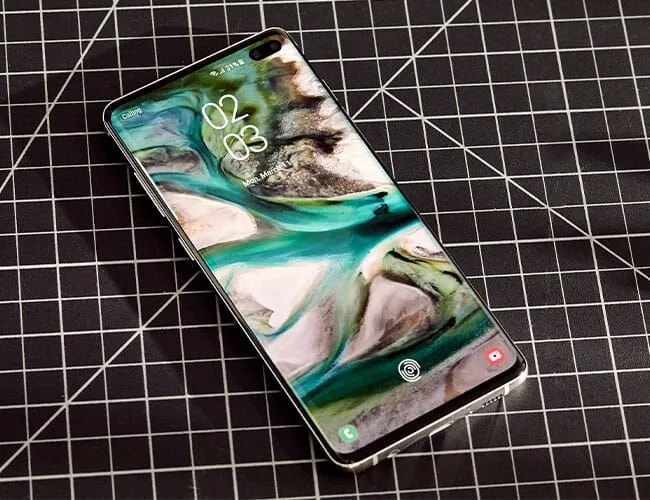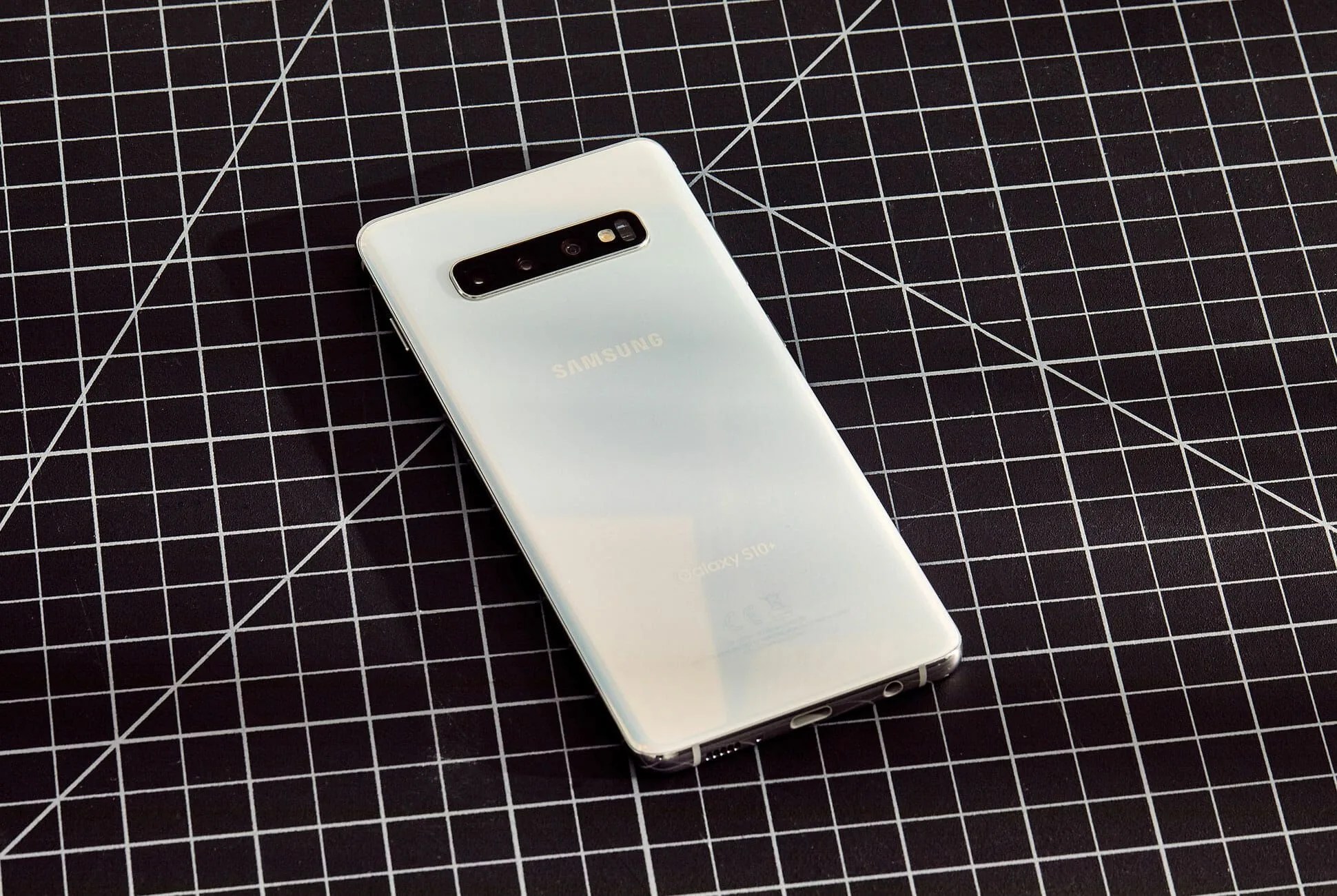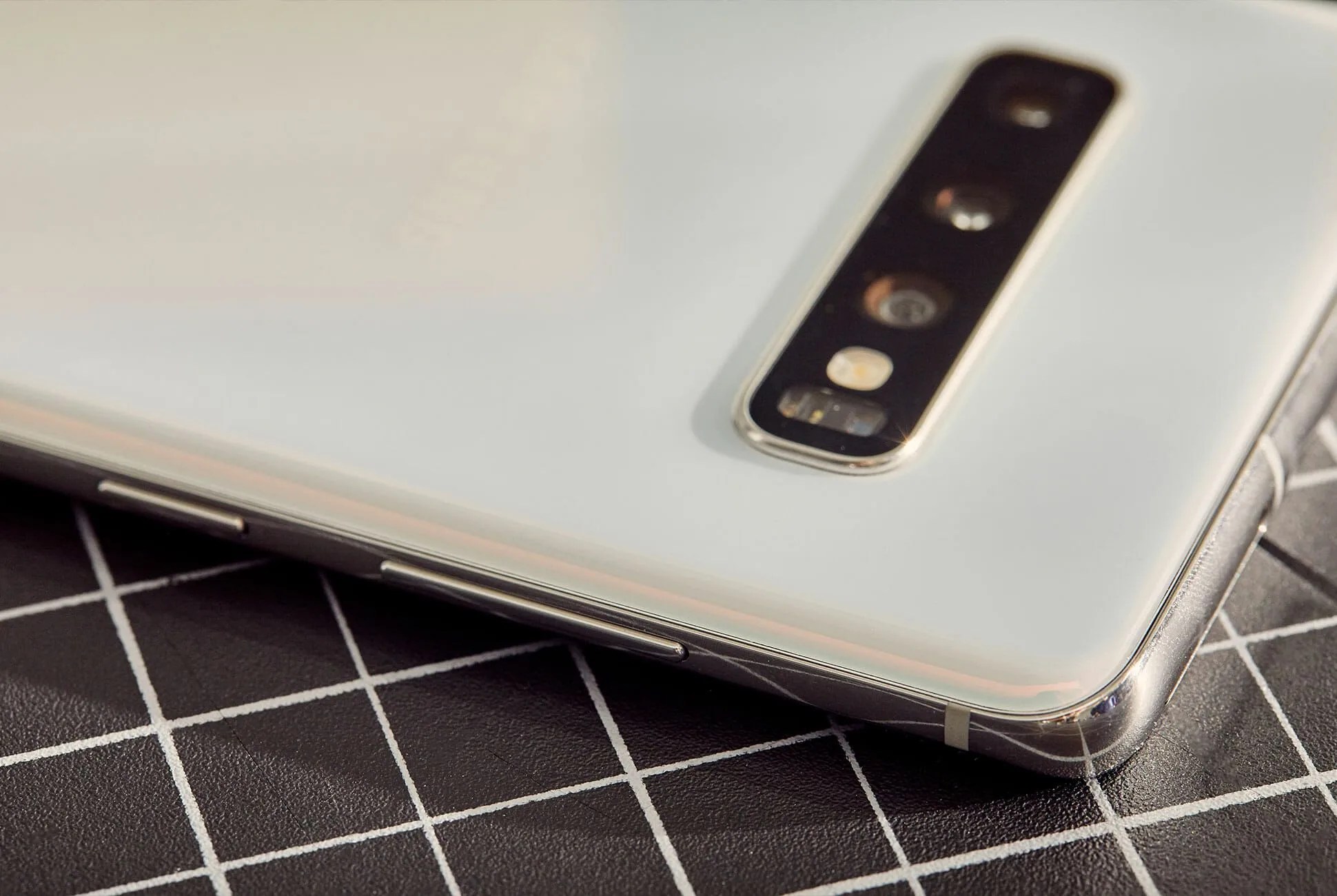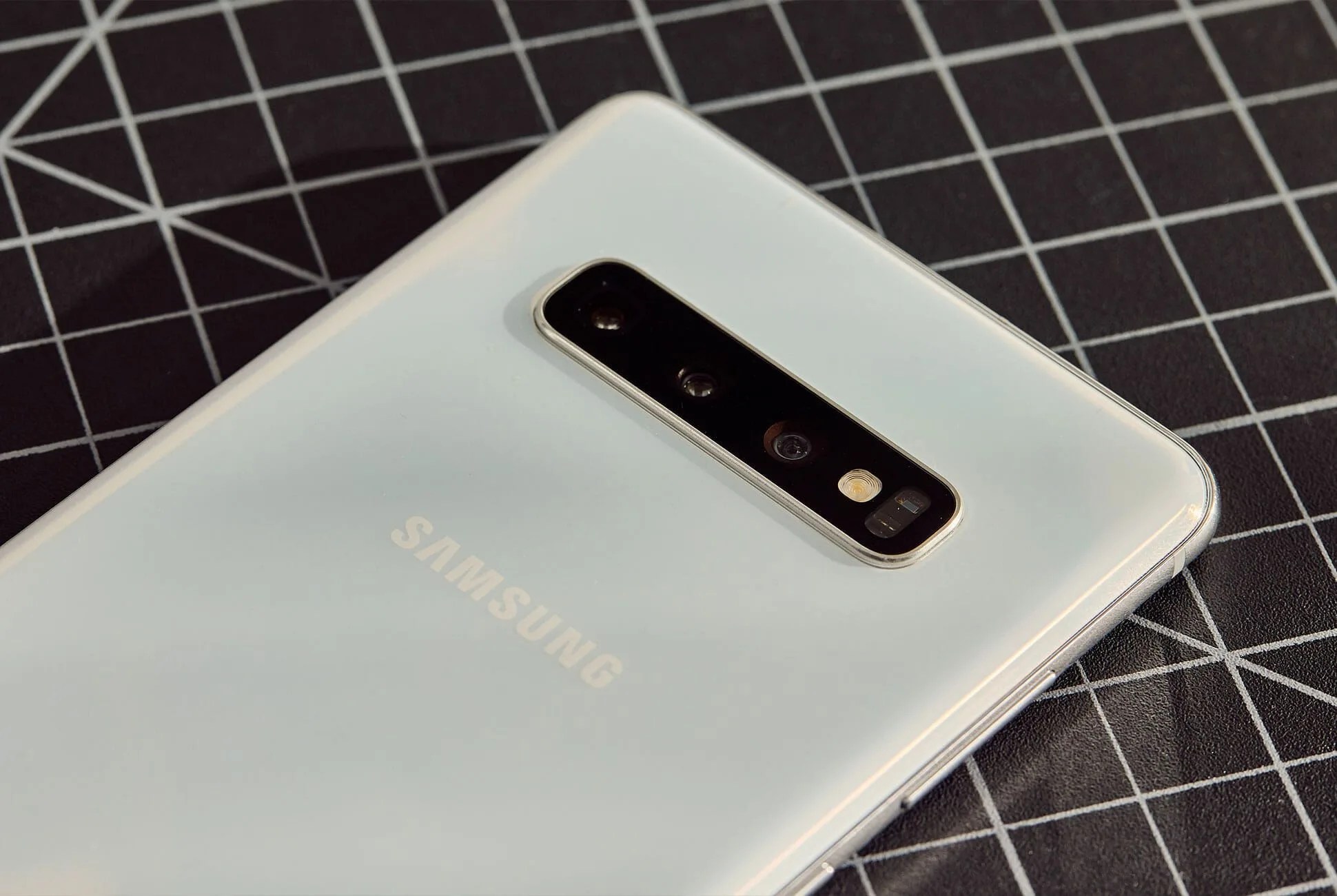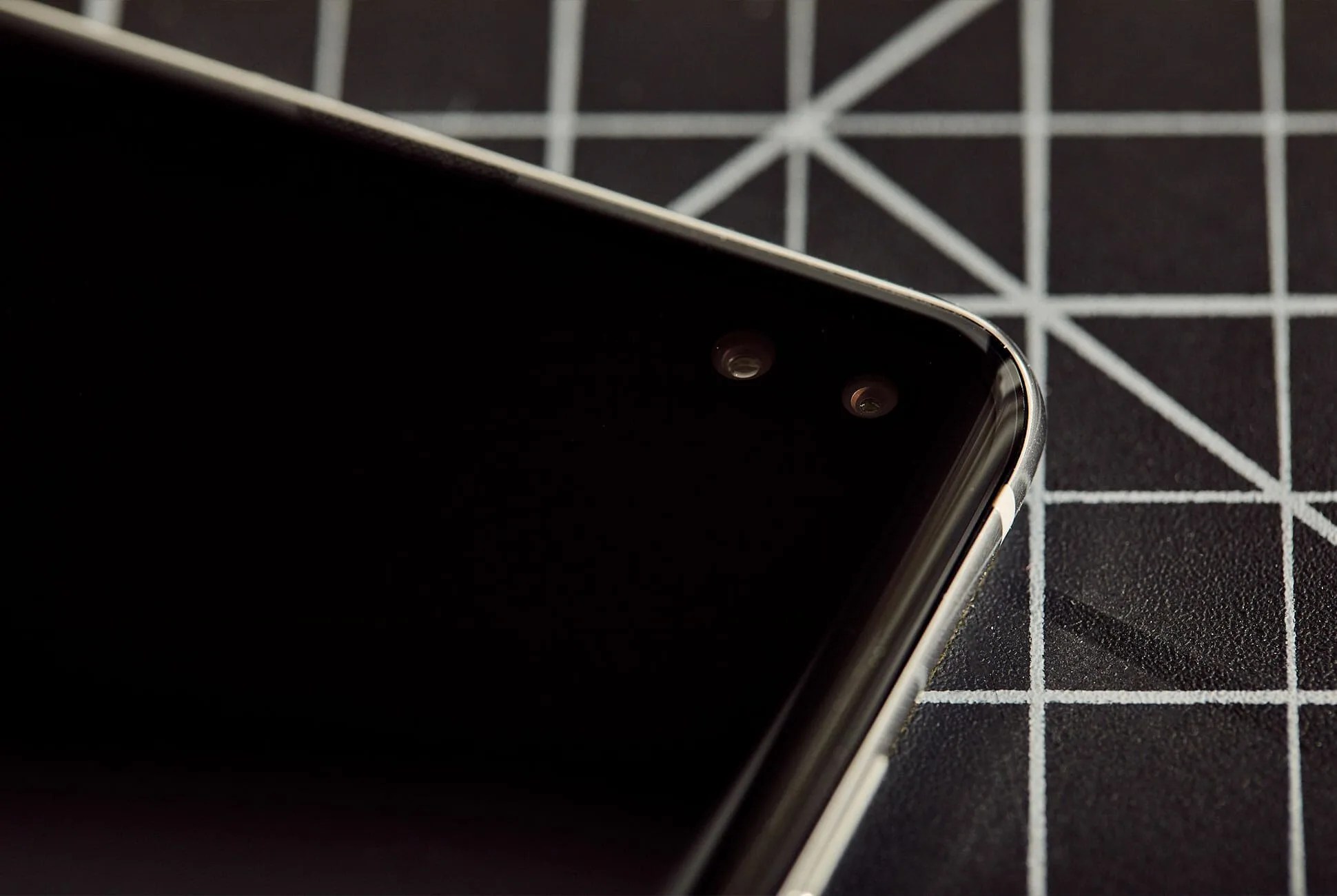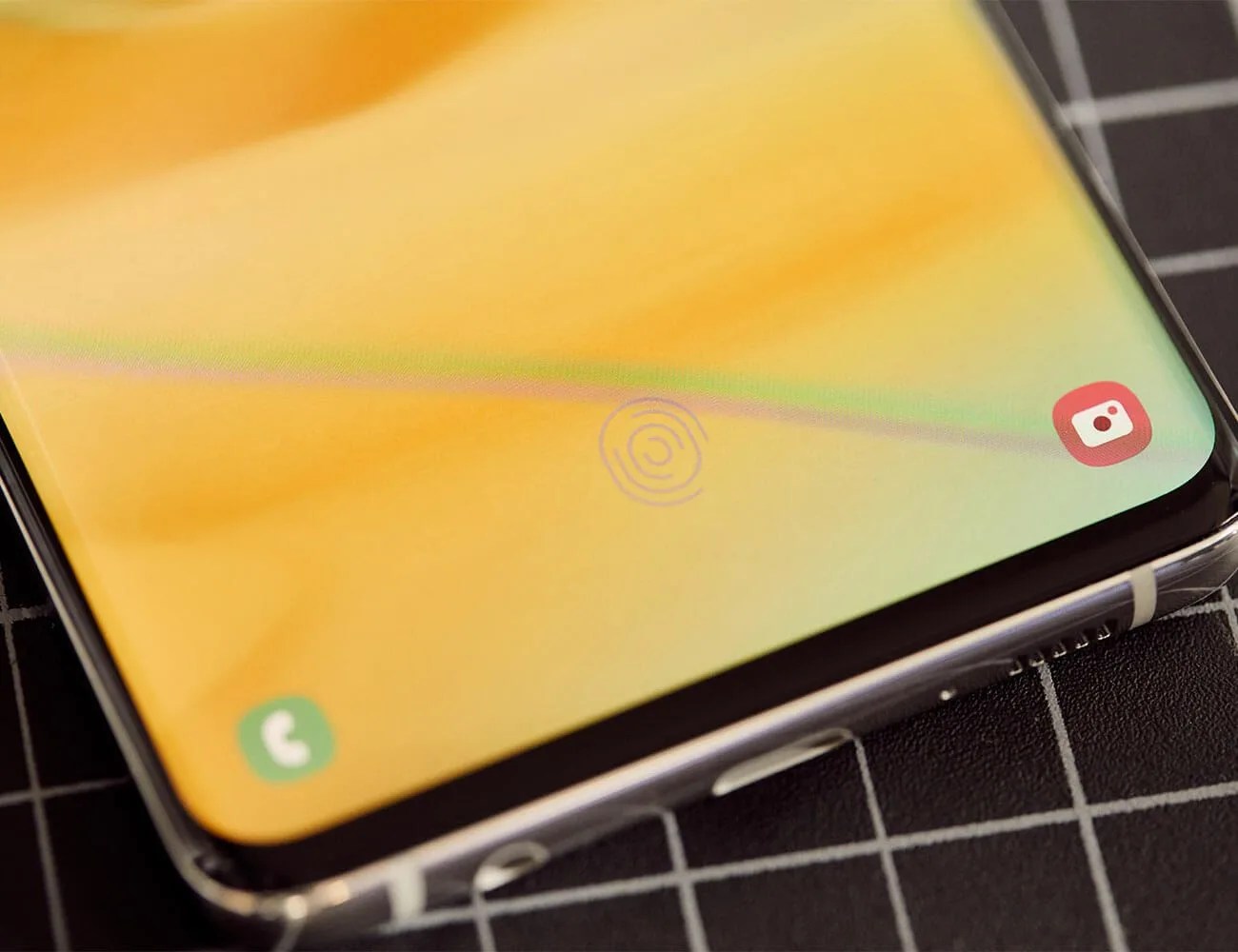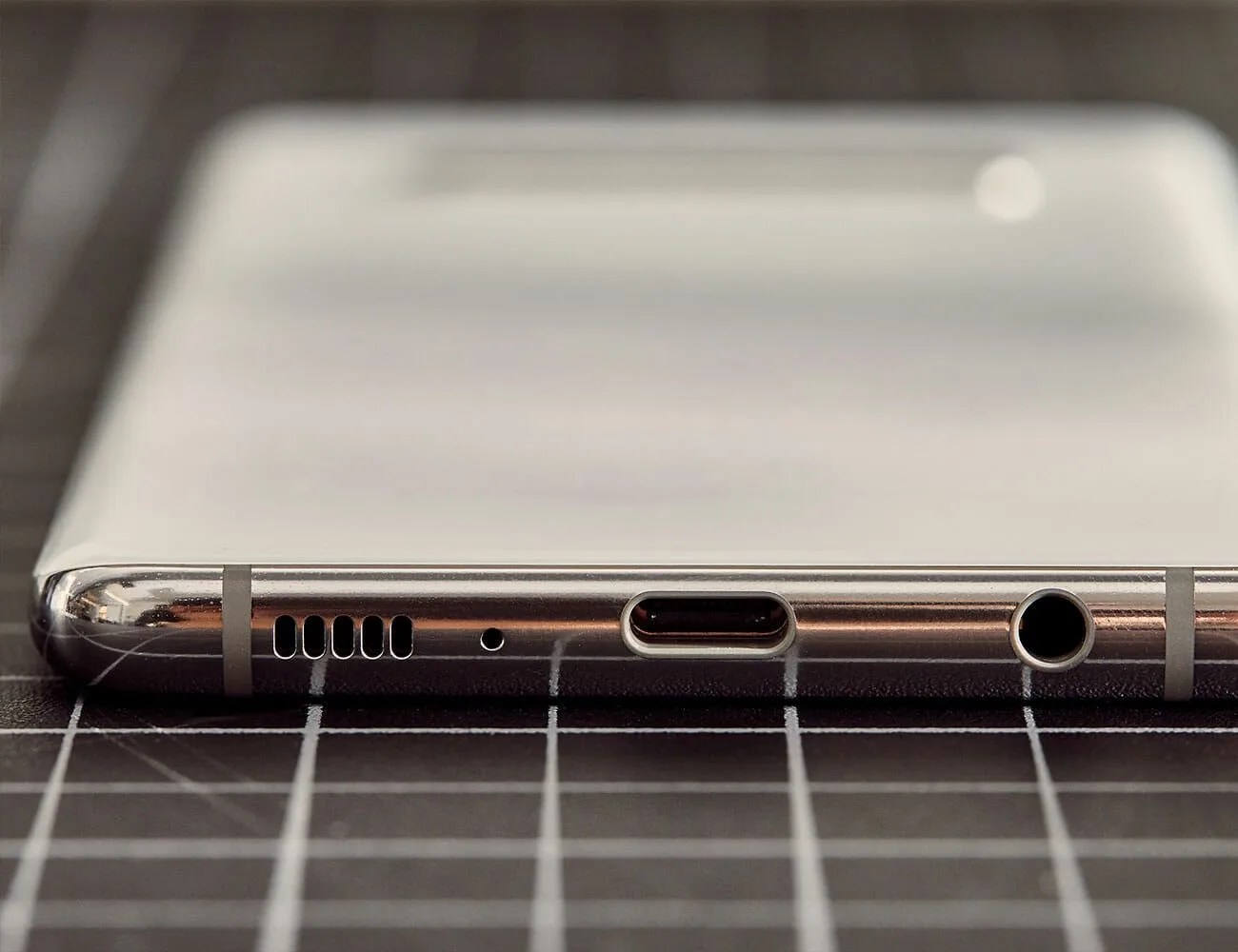5 photos
Samsung’s new flagship smartphone, the Galaxy S10, has some features that are radically different from last year’s S9: the screen itself is equipped with a fingerprint sensor; the rear-facing camera system has three cameras, not two; and it can wirelessly charge other Qi-compatible devices.
There are now three Galaxy S10 smartphones to choose from: the Galaxy S10 and the Galaxy S10+, which are similar except for size, and the Galaxy S10e — Samsung’s answer to the iPhone XR. It’s the cheapest option, but users sacrifice a telephoto lens and the screen fingerprint sensor; the display is also smaller and doesn’t have curved edges.
The Galaxy S10 and Galaxy S10+ start at $900 and $1,000, respectively, while the Galaxy S10e starts at $750. For this review, we tested the Galaxy S10+.
The Good: The Samsung Galaxy S10 sets the pace for smartphones in 2019. It’s a gorgeous piece of hardware with a stunning display that’s better than any other smartphone (including the iPhone XS). It has a really fast processor and an excellent camera system. But what really sets the Galaxy S10 apart are features that no other smartphone has.
The fingerprint reader is fast and secure, and it takes very little time to get acclimated. The “wireless power share” feature enables you to charge any Qi-compatible device, like the Galaxy Buds (Samsung’s third-generation true wireless earbuds) or your friend’s iPhone XS. Samsung also answered numerous people’s plans by keeping the headphone jack on the Galaxy S10.
